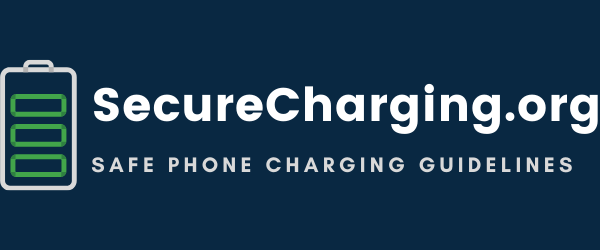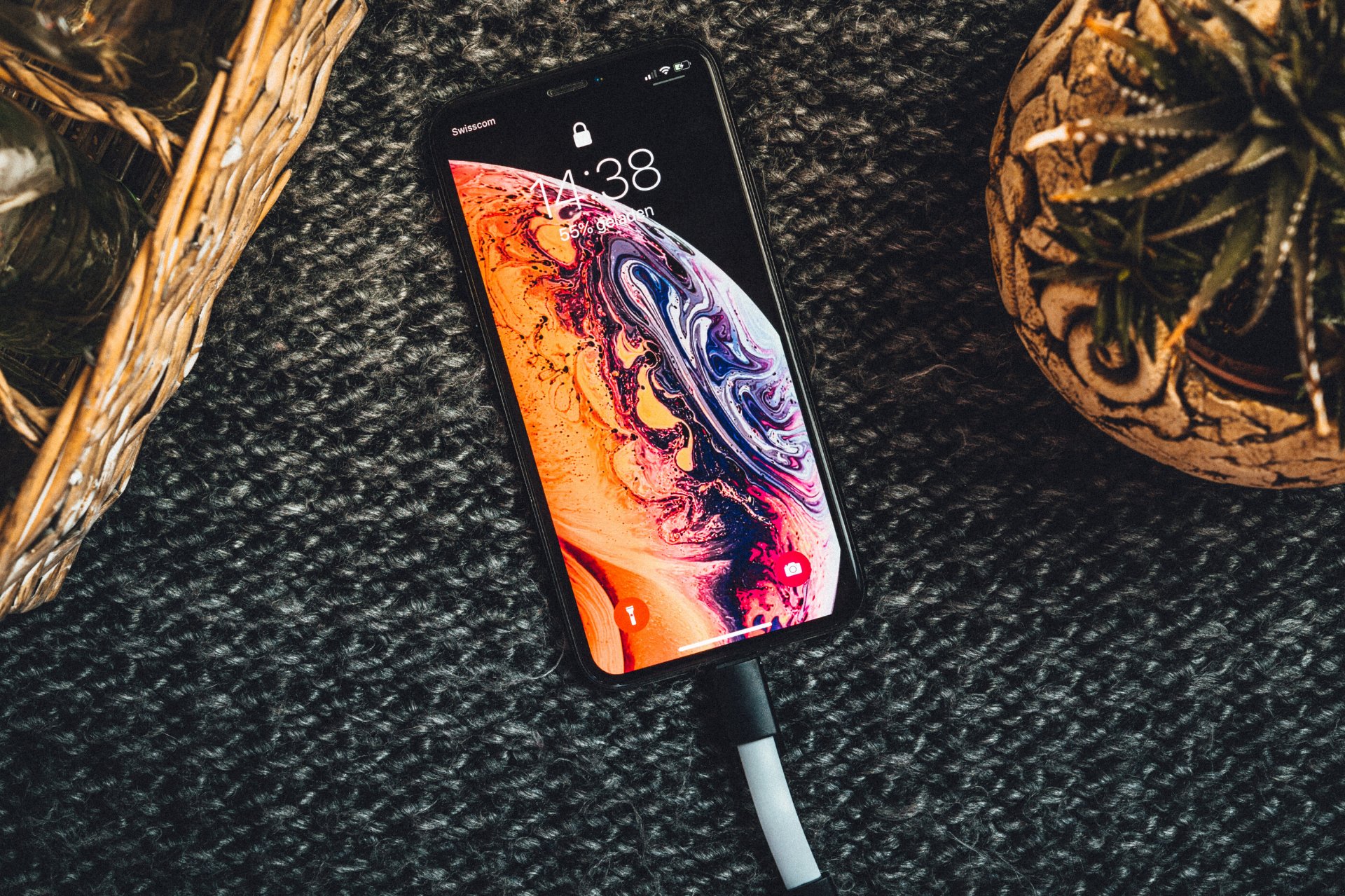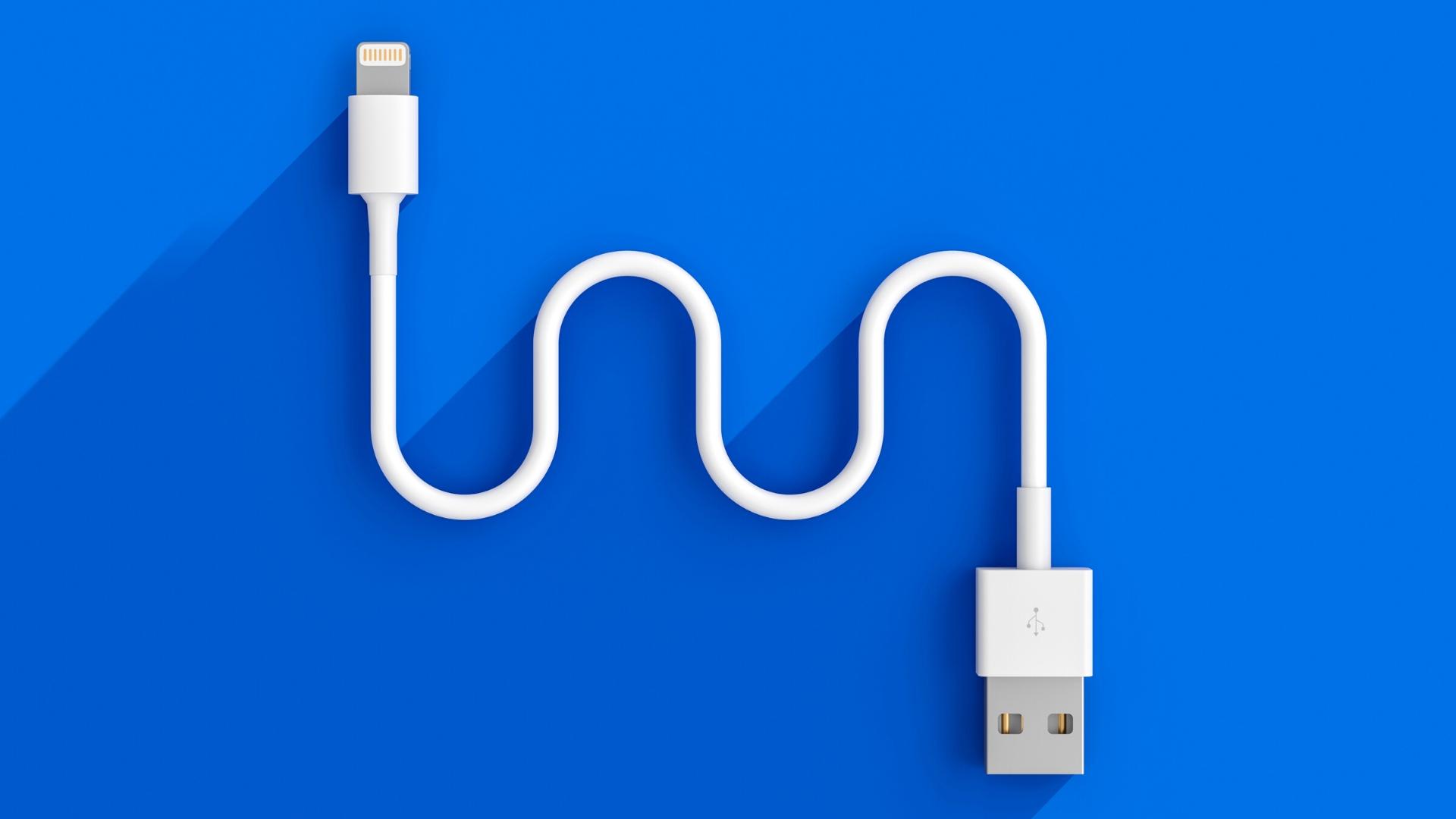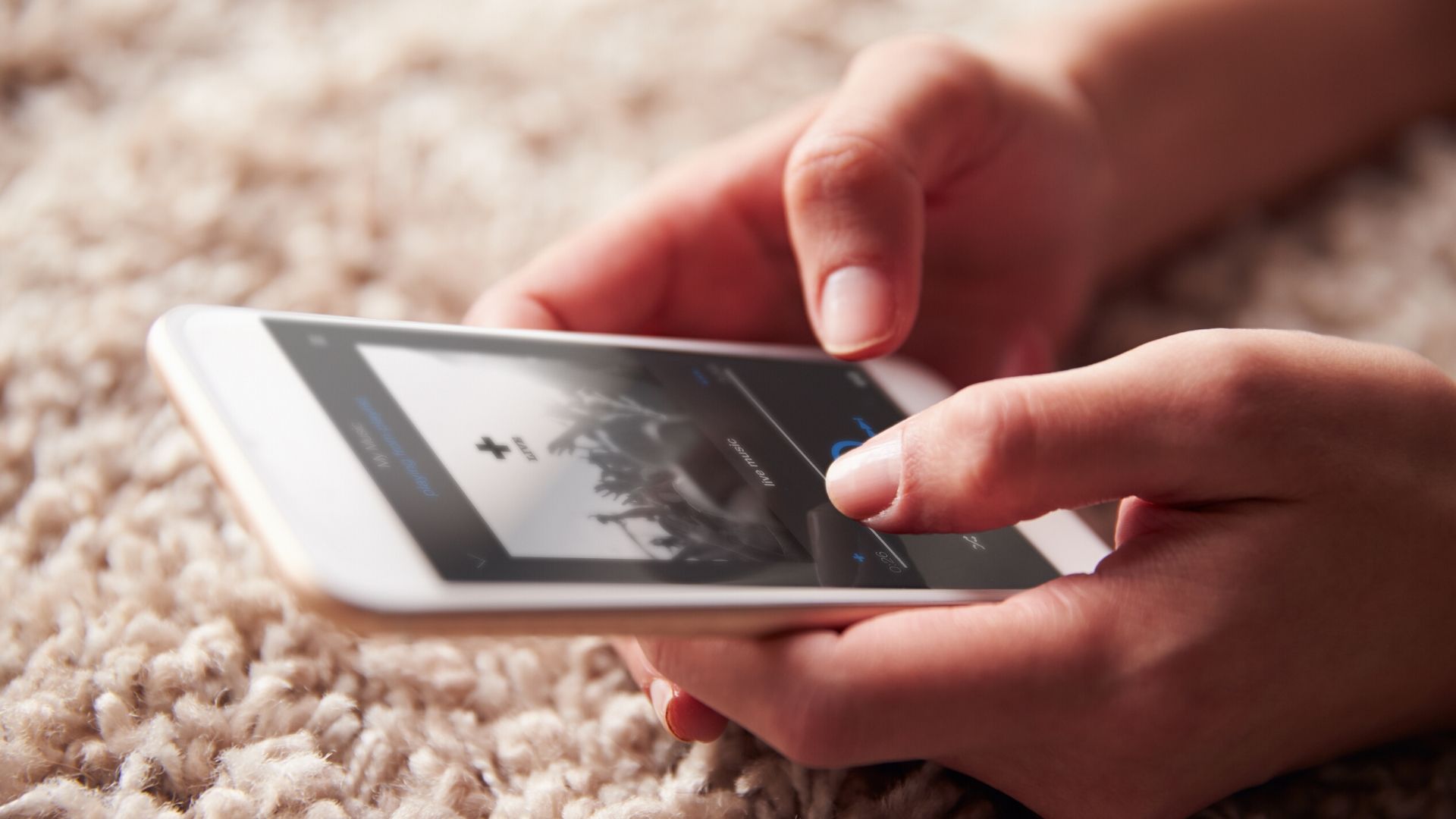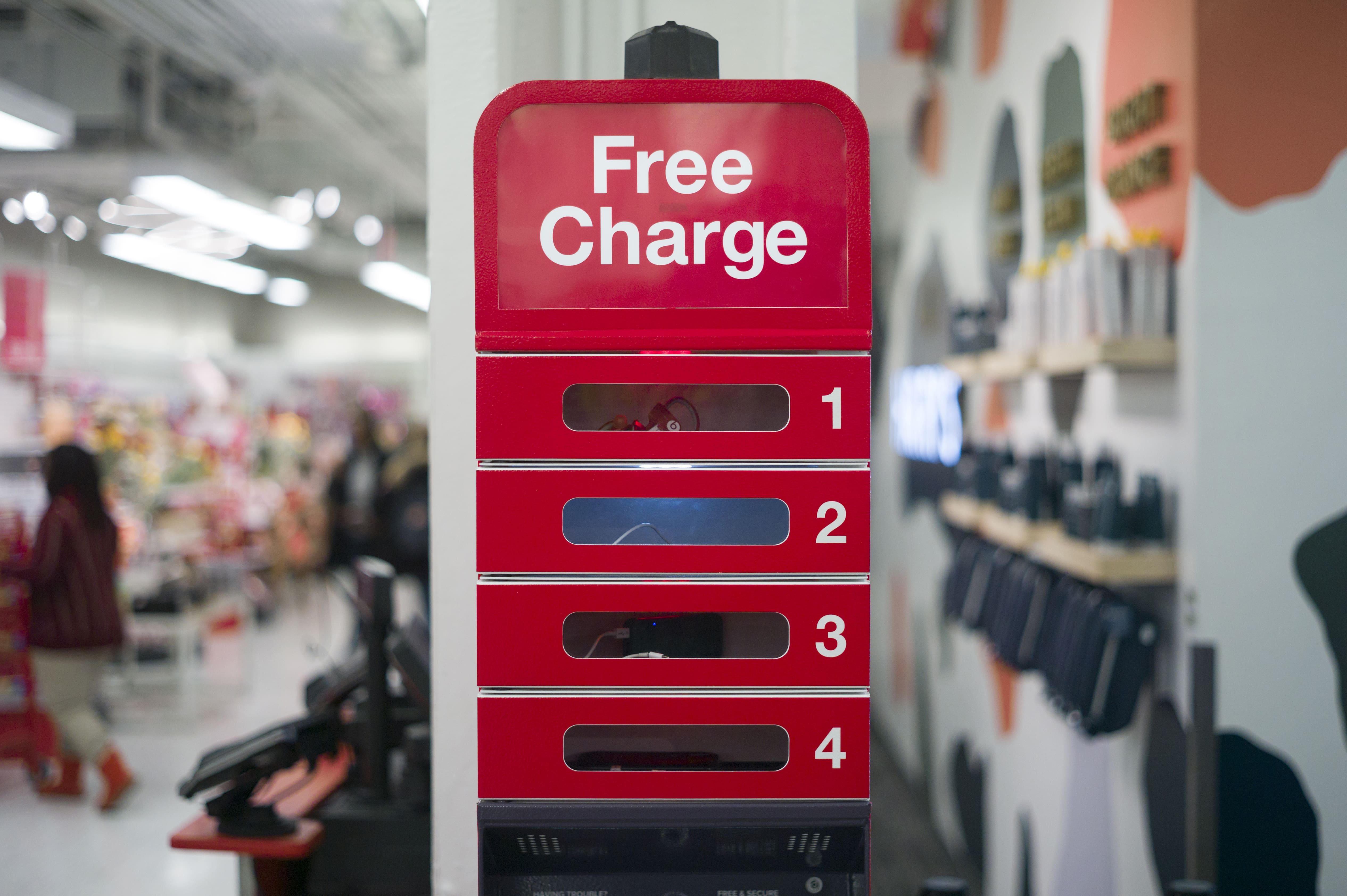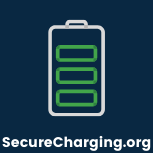Phone Charging at Home: Best Practices
Charging your phone at home may seem like a straightforward task: just plug it in and go about your business, right? Wrong. There are many things to take into account in order to charge your phone safely and avoid any damage.
Below, we’ve outlined the best practices for charging your phone at home:
Use certified cables
If your iPhone won’t charge or you get an alert message when you plug it in, warning you that this accessory isn’t supported, it’s because you’re using an uncertified Lightning charging cable. The Lightning cable features a chip that tells your device it’s Apple MFi (Made for iPhone/iPod/iPad) Certified. It’s this MFi certification, which requires developers and accessory makers to undergo rigorous testing for safety and reliability, that makes Lightning cables significantly pricier than that drugstore knockoff. But by investing in a high quality, MFi certified cable, you’re ensuring a safe charge that won’t damage your phone’s battery over time.
If you have an Android phone and you’re using a different cable than the standard USB-C one that came with your device, just make sure you’ve purchased the cable from a reputable, well reviewed brand.
The issue with cheap cables in general is not just their poor shelf life but also the fact that they’re prone to short-circuiting, which can produce sparks, smoke or even a fire.
…and check for damaged cables!
Certification aside, if your cable is damaged in any way (especially if the internal wires are exposed), you need to stop using it, throw it away, and purchase a new (certified) one. A frayed cable is a hazard and it’s not worth the cost and trouble of repairing. Treat your cables carefully and make sure they’re not being pressed against any furniture, like the legs of your chair. If you can afford it, it’s worth upgrading to a higher quality, sturdier cable like this Night Cable from Native Union.
Make sure your charging port is clear of debris
Debris clogging up your charging port is one of the most common culprits for a slow charging device. Lint from your purse or pocket can slowly build up and obstruct the port, preventing you from getting a proper charge. Thankfully, there’s a quick, low-tech fix: grab a toothpick, bobby pin or a compressed air can and gently clean out any visible lint or debris build-up.
…and, for Pete’s sake, wipe down your phone!
Practicing good phone hygiene – especially during the time of COVID-19 – is an absolute necessity in order to avoid exposing yourself to harmful bacteria, viruses and other pathogens. That means, daily sanitization of your phone with a wipe containing 70% isopropyl alcohol.
Don’t let your battery drain down to zero
Constantly letting your battery drop down to zero puts unnecessary stress on your device and can lead lithium-ion batteries to corrode faster than they otherwise would. While every manufacturer (Apple, Google, Samsung, etc.) provides their own specific instructions for charging your phone to sustain the longest possible battery life, not draining your phone is a best practice that’s valid across all devices.
Apple states that the capacity of their lithium-ion battery diminishes slightly with each complete charge cycle so it’s best to avoid overusing your phone and draining the battery with unneeded charge cycles. Samsung recommends that, when possible, you charge your device in small amounts to keep the battery from depleting.
While experts disagree on the precise sweet spot for an optimal battery recharge, a good range is from 20% to 80% so do regular top offs in order to increase your battery lifespan.
…and try to avoid charging it overnight!
Most of the latest smartphones are indeed “smart” enough to stop incoming current when it’s fully charged, preventing overloads from causing any major harm to your battery. That being said, by prolonging the time that the battery is fully charged, you’re potentially speeding up its degradation. How much damage an overnight charge can cause differs from manufacturer to manufacturer because they each handle power management differently and employ varying types of hardware, but it’s definitely a safer bet to avoid leaving your device plugged in all night.
Watch out for metals and magnets placed near a wireless charger
Wireless chargers are becoming increasingly popular, especially with Apple finally bringing its native wireless charging technology to its iPhones. One important consideration to keep in mind when using a wireless charger is to avoid placing any metallic or magnetic objects (like coins or magnetic cards) near the charger. The transmitter of a wireless charging system can detect if there’s metal located on its surface and will stop charging. Samsung warns that metallic objects placed near their chargers may even cause damage to the phone or tablet and charger.
…and remember that wireless charging is (often) slower!
Different wireless charging standards (like Qi and PMA) support different charging speeds. Samsung phones – with its specialized coils – can take advantage of 15-watt wireless charging, but other devices are capped at lower speeds (the most recent iPhones are capped at 7.5 watts). And, unfortunately, the wireless charging hardware on the market today isn’t efficient enough to safely charge your phone at high speeds. That’s why you may notice your phone overheating when you’re charging it wirelessly! And remember: heat is a smartphone’s biggest nemesis, leading to dead, swollen or even exploding batteries.
Update your phone’s software
Software updates are notorious for affecting your battery life – for better, or worse. Bad operating systems can use too much CPU and burn through your power but, for the most part, it’s best to keep your device’s OS up to date. Newer OS versions are, for the most part, more optimized, get more done and use less battery while doing it. They also tend to introduce new battery-saving features that control app usage and optimize other components to control battery drain.
…and consider upgrading your phone too!
The average American consumer upgrades their phone every 2 years. And while having the latest, coolest new phone is a selling point in itself, a lot of us are turning in our old devices because they simply are no longer performing at an optimal level. Over time, the chemical components of your battery begin to degrade, which means that they’ll hold less and less charge. And, after a few hundred of those recharge “cycles” – which takes roughly 2 years – your battery may have easily lost a fifth or more of its ability to hold a charge.
Thankfully most devices now come with a Battery Health feature in their settings so you can get a better idea of how well your battery is still performing, compared to when it was new. Apple says that its iPhone battery was designed to retain up to 80 percent of its original capacity at 500 complete charge cycles. That means that if your iPhone Battery Health’s “Maximum Capacity” lists a number below 80 percent, your battery is considered worn and it’s time to replace the battery or upgrade your phone.
